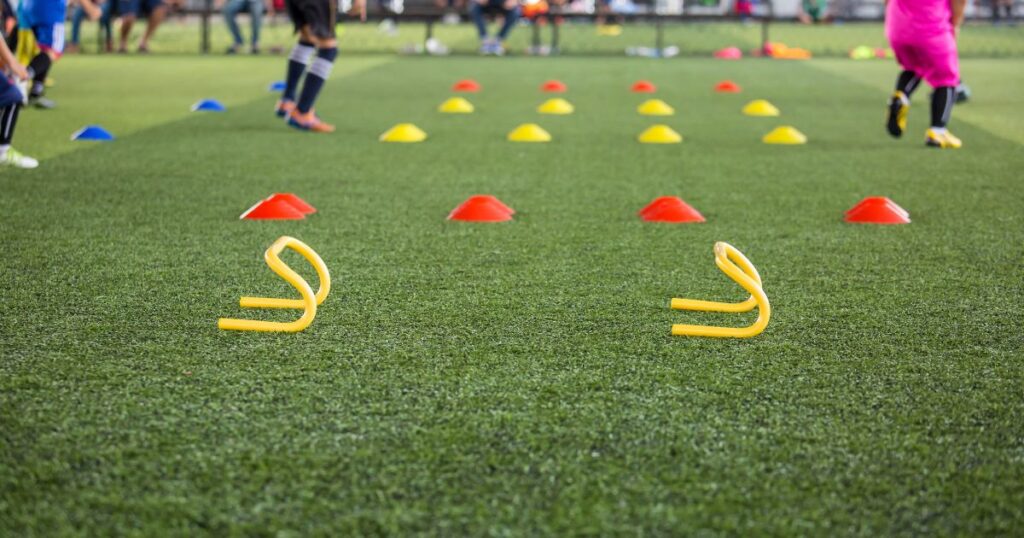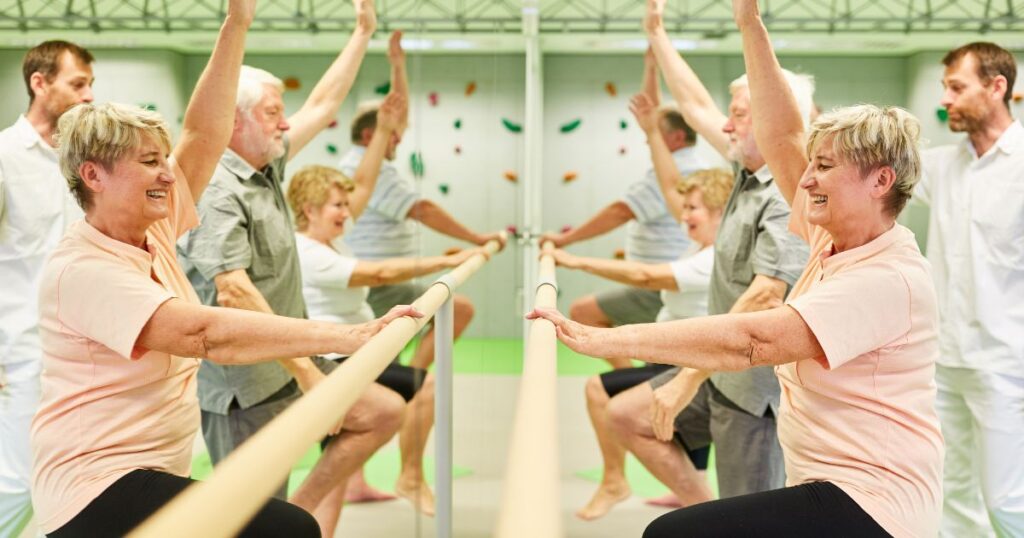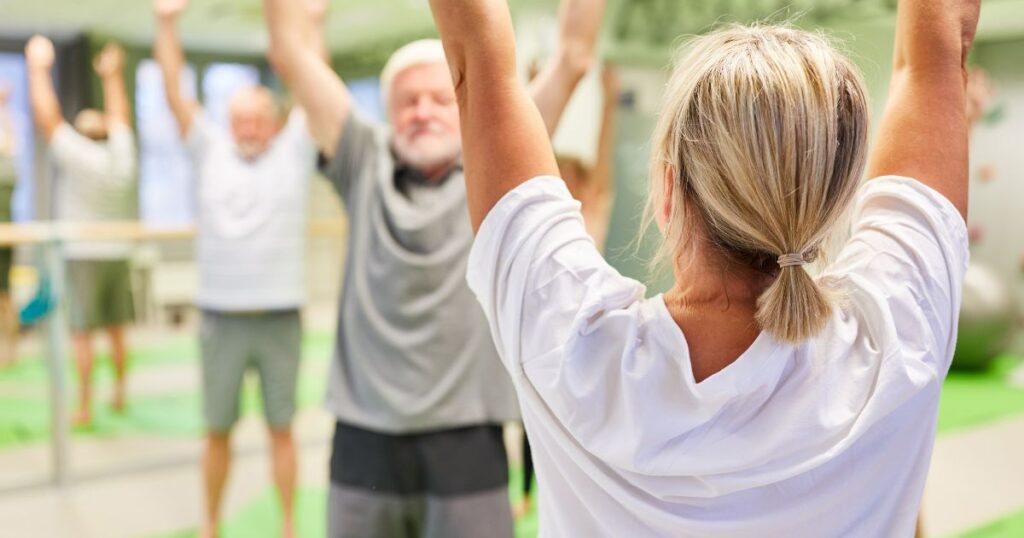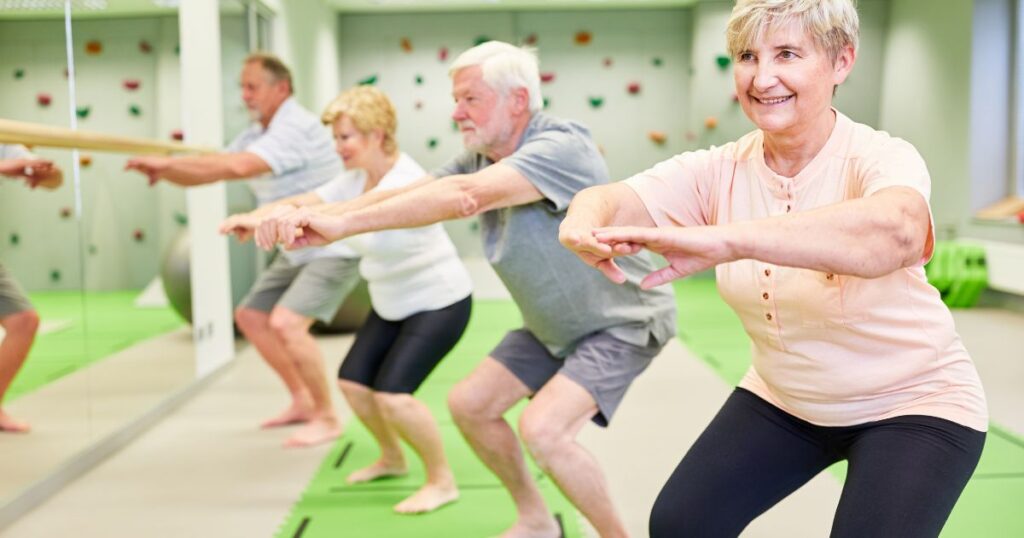In the realm of physical fitness, the focus often centers around health-related components, but there’s a crucial aspect that deserves equal attention—skill-related fitness. This article delves into the six key components of skill-related fitness, emphasizing their importance and providing practical insights on how to incorporate them into physical education classes.
Understanding Skill-Related Fitness:
Physical fitness, as defined in a 2019 comparative study, encompasses the capacity to perform daily activities with vitality and sharpness. While health-related fitness components focus on cardiovascular fitness, muscular strength, flexibility, and body composition, skill-related fitness components hone in on the motor potential required for activities involving speed, agility, power, balance, coordination, and reaction time.
The Six Skill-Related Components of Fitness:

1. Agility:
Agility is the ability to rapidly change the direction of the whole body while maintaining balance. Activities like basketball, volleyball, and agility drills such as shuttle runs can significantly enhance agility.
2. Balance:
Balance involves maintaining equilibrium while stationary or in motion. Yoga, gymnastics, and sports like football and basketball contribute to improving both static and dynamic balance.
3. Coordination:
Coordination is the skillful execution of movements using the senses and various body parts. Activities such as biking, swimming, and games like tennis and juggling aid in developing coordination.
4. Power:
Power is the ability to perform tasks quickly and forcefully, combining strength and speed. Plyometrics, track and field, and sports like football and tennis are effective in building power.
5. Reaction Time:
Reaction time is the ability to respond quickly to stimuli. Sprint starts, table tennis, badminton, and racquetball are activities that enhance reaction time.
6. Speed:
Speed is the ability to move quickly from one point to another. Sprinting, bicycling, and rowing, along with interval training and strength exercises, contribute to improving speed.
Incorporating Skill-Related Fitness Components in PE Classes:
To successfully integrate skill-related fitness components into physical education classes, educators should:
- Focus on activities providing ample practice opportunities for targeted components.
- Tailor activities to be developmentally appropriate for students.
- Provide clear and concise instructions for successful task performance.
- Create a safe environment for students to practice and learn.
Physical Activity Examples for PE Classes:

1. Skill-Related Fitness Circuits:
- Overview: Short sequences of movements focusing on one skill-related component.
- Set-Up: Create movement/exercise signs, spread them in the learning area, and have students move through the circuit.
- Examples: Balance and Kinesthetic Awareness Circuit.
2. Skill-Based Fitness Stations:
- Overview: Series of focused movements/actions representing different skill-related components.
- Set-Up: Place skill-related exercise signs in various locations; students rotate through stations.
- Examples: Agility obstacle course, reaction time cup-stacking station.
3. Large Group PE Games:
- Overview: Involves multiple skills and skill-related components, suitable for many students.
- Set-Up: Takes up the whole learning space; equipment is set up before students arrive.
- Examples: Survivor 2 – Great Large Group Agility and Reaction Time Game.
4. Skill-Based Task Cards:
- Overview: Graphic activities for independent, self-paced performance.
- Set-Up: Create task cards, distribute to students, and place extra cards around the learning area.
- Examples: PE Component of Fitness Task Cards.
Importance of Skill-Related Fitness in Everyday Life:

Skill-related fitness components contribute to improved motor skills and overall fitness. These components are easily incorporated into various activities, promoting a healthy fitness routine. Large group games offer a dynamic way to practice multiple skills, while skill-based task cards provide independent skill improvement.
Read Also:
How to Plump Your Lips Naturally?
FAQs:
What is the significance of agility in sports?
Agility is crucial in sports as it enables rapid and accurate changes in direction, a key aspect in activities like soccer and tennis.
How can balance be improved?
Activities such as yoga and gymnastics, along with sports like football and basketball, contribute to enhancing both static and dynamic balance.
Why is reaction time important in sports?
Reaction time is essential in sports, as quick responses can make the difference between success and failure, as seen in soccer goalkeeping or baseball batting.
Conclusion:
Skill-related fitness components play a pivotal role in enhancing movement and motor skills, contributing to overall physical fitness. By incorporating these components into physical education classes through circuits, stations, games, and task cards, students can enjoy a diverse and engaging approach to improving their fitness levels. These activities not only align with educational standards but also foster a lifelong commitment to physical activity.


Pingback: How to Get Rid of Chest Wrinkles: A Comprehensive Guide - The Style Sleek